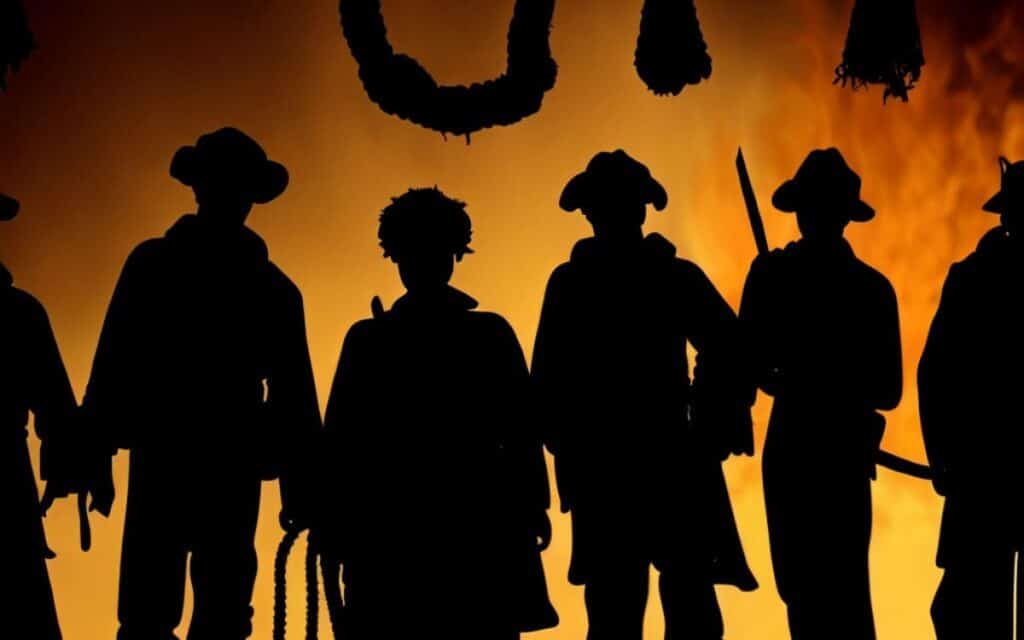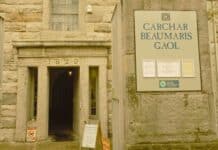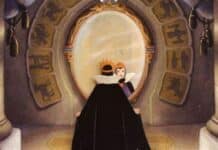Wales had notably fewer witch trials and executions compared to the rest of early modern Europe because of cultural, religious, and legal differences, writes MACSEN MATTHEWS

You’d be forgiven for thinking witchcraft was endemic throughout early modern Europe.
The ‘satanic panic’ of the late middle and early modern ages swept across the continent, reaching as far as newly invaded North America, resulting in panic, hysteria and infamous witch trials that took place everywhere from Salem to Pendle.
It’s thought that 200,000 supposed witches were executed between the 15th and 18th centuries in Western Europe, about 500 of them taking place in England alone. It seemed as though a woman could barely have a thought of her own without being accused of witchery.
But what of the little land of Wales? How many innocent people were accused of bewitching cattle, or hexing a neighbours household or dancing naked with the Devil?
Hundreds? Thousands? Well, no.
The answer is 37. Of those 37 people, only 8 were found guilty and only 5 of them were executed.
But why? Is our little country naturally immune to bewitchment? Or was it an unlikely safe haven for broomstick riding hags? Come with me and explore the lore and legend behind the Welsh Witch Trials.
The Executed Wales Witches
Being so few, let’s take a moment to explore the circumstances behind the five executions.
Gwen ferch Ellis, 1594
The first person to be executed for Witchcraft in Wales, Gwen, was a well regarded healer. Some sources claim she was a linen maker by trade, but was also known to sell herbs and creams meant for protection and healing.
All was going swimmingly until she was accused of bewitching a member of the gentry, Lewis ap John, resulting in his eventual death.
Lewis’s family called Gwen to their house to bless the sick man, but she told them poor Lewis was close to death, estimating he may have only days to live. When he did if fact die as she “predicted”, the family were sure it was due to a hex.
Her fate was further sealed when a charmed note was found at the house of Sir Thomas Mostyn. Gwen had written the charm to aid one of Sir Thomas’s lovers, who wished to regain his affection, but as it was written backwards, it was seen as an attempted curse, and Gwen’s fate was sealed.
Being seen to meddle with the upper echelons of early modern society, Gwen became a danger to the ruling classes, no matter how much she was able to help those in her own community.
She was hanged in the Denbigh town square, at the age of 42.
The Caernarfon Trio, 1622
For reasons that have since been lost to time, siblings, Lowri ferch Evan, Agnes ferch Evan, and Rhydderch ap Evan were suspected to have caused the death and illness of gentry-women, Margaret Hughes and her daughter, Mary.
Mary was thought to have become bewitched, leading to an illness that caused the loss of use of her arm, tongue and feet. Her mother, Margaret, then took ill in June of 1621, dying in January of the next year.
With today’s medical knowledge, we can theorise that Mary’s symptoms could have come from a stroke, and Margaret could have realistically fallen victim to many types of illness, but, as it was the 1600s, the family’s run of bad luck was blamed on witchcraft.
Alas, the siblings were rooted out and executed.
Margaret ferch Richard, 1655
Much like the other four unfortunate souls, Margaret was blamed for the death of a woman named Gwen Meredith, who died after a lengthy illness.
Margaret was known as a local healer and charmer, in her late 40s and was a widow – the latter being an apparent “clue” to her witchy persuasion.
This is about all that the records tell us about Margaret, but she was found guilty and was hanged in Beaumaris.
She was the last person to be executed for Witchcraft in Wales.
A Curious Context
So, why was it that in the midst of an apparent panic, Wales was left relatively undisturbed?
Well, there’s a few things we need to consider.
The first is that “witchcraft” – superstitions, magic, rituals and natural healing – was actually pretty common in Wales. Druidism was a large part of Celtic Wales and the ghosts of such teachings have trickled down through Welsh folklore that can still be seen today.
So what was thought of by the English as “Witchcraft” was part of every day life, and the fear of witches became very much an English insistence. During this period, the Welsh didn’t even have a native term for “witch”, although it has plenty to describe various magic users and healers who could be found in almost every village.
Even the modern Welsh term “Gwrach” leans into the fairytale-style hag witch, rather than the generalised “witch” that was persecuted across the rest of Britain and Europe.
In fact, according to Welsh historian, Kelsea Rees, every accusation of witchcraft took place in North Wales, close to the boarder, in areas that were particularly more Anglicised at the time, and this likely influenced the accusations and fate of local Witches for a few reasons.
England was predominantly Protestant, compared to Wales which was generally Catholic. When Catholicism spread through these previously Celtic areas, it assimilated many of the Celtic heroes, kings, gods and demigods into its belief system, where they became saints or otherwise Christianized. As such, formally pagan mythologies became more palatable to the early Christians of Wales and their descendants, many of whom went on to became the healers and soothsayers of early modern Wales.
Further still, where English Witch Trials were conducted by the church courts, Welsh cases were deferred to the criminal courts, which still followed older Welsh customary laws, rather than English Law, despite being under English Rule at the time. These laws emphasised victim compensation rather than punishment of criminals, so accused Witches could reply on their sentencing being less severe than they otherwise would have been.
“You are accused of killing three of Dai’s sheep through witchcraft,” a judge may find, for example, “give him four of yours and don’t do it again.”
In another stroke of luck for any accused witch, while the rest of Britain was swept up in magic-hysteria, these Welsh criminal courts were preoccupied with an epidemic of thievery. In the run up to the 1600s, over 60,000 thieves were prosecuted, and 4,000 of them executed. The threat of stolen livestock and the severity of its punishment was a much bigger deal in late medieval and early modern Wales than witches.
In fact, the punishment for being caught stealing sheep was so feared, that those caught in the act were said to confess to romancing the animals instead, as the punishment was far less brutal. This is the supposed origin of the derogatory, but universally acknowledged, “Sheep-shagger” joke.
So, while the rest of the world was swept up in hysteria, the healers, charmers and soothsayers of Wales were generally spared, safely tucked away in the bosom of circumstance. But next time you come to visit our beautiful land, be sure to watch your step, because all around you are the grandchildren of the witches you didn’t burn.
Tell us your thoughts on this Wales Witch Trials article in the comment section below!







